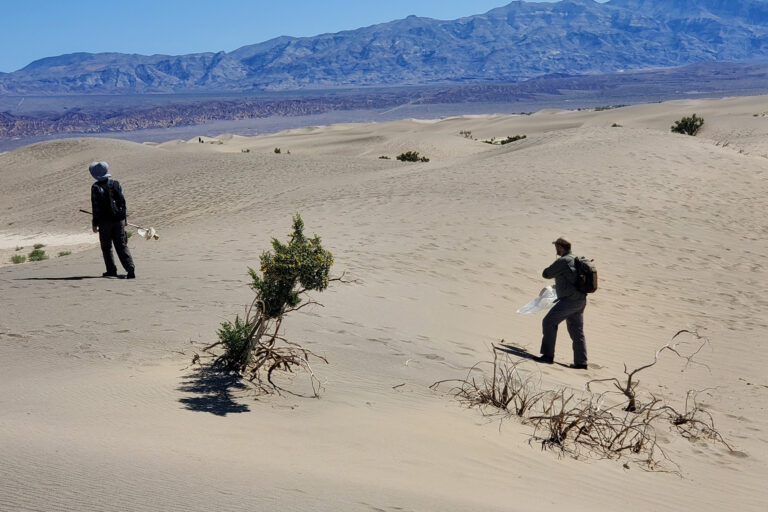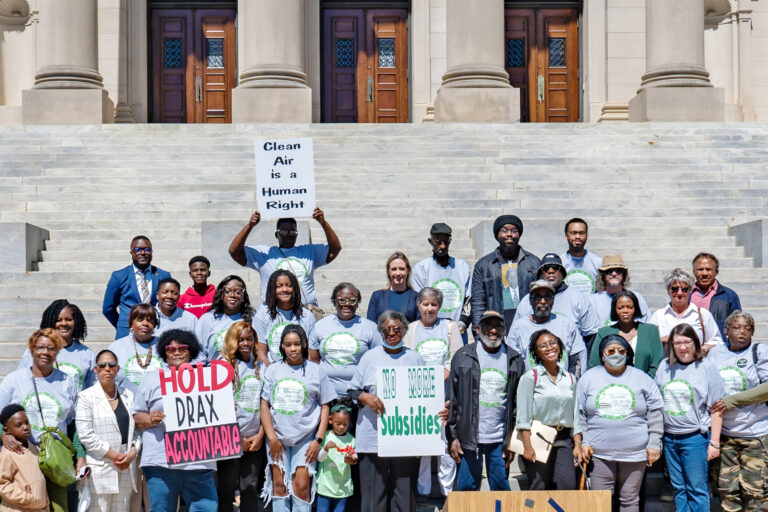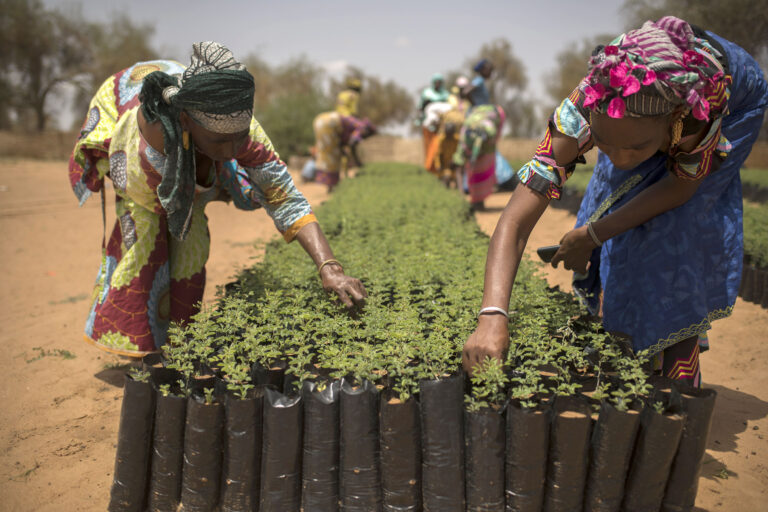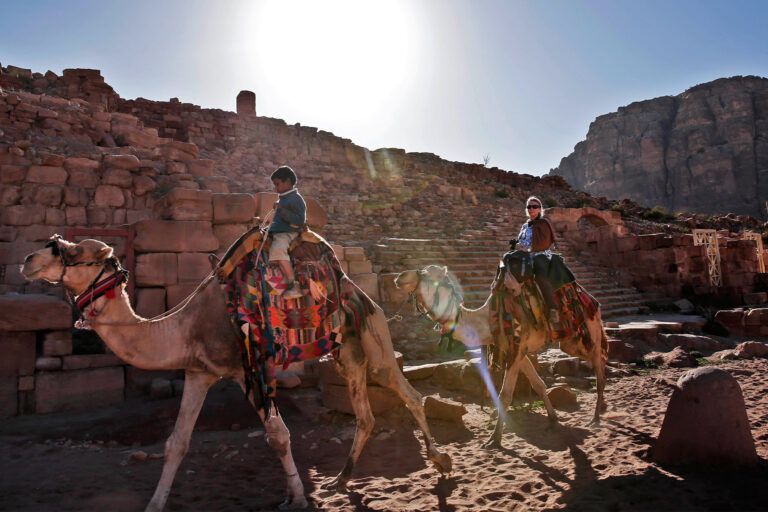- Continuing with the experiences by country, this time it is the turn of Bolivia, which had its first approach to the distribution of public lands in the 1950s. Later, between the ’60s and ’70s, these measures caused migrations from the high Andean areas to the valleys and Amazonian areas.
- Although neoliberal measures were applied in Bolivia in the ’80s and ’90s, when the 21st century arrived, the Movimiento al Socialismo (MAS) political party got consolidated and Evo Morales rose to presidency, following a focus on the demands of Indigenous peoples.
- To date, efforts have focused on complying with the ‘función económico – social (FES),’ or the Economic-Social Function. In other words, owners must use the land or lose it.
- Click the “A Perfect Storm in the Amazon” link atop this page to see chapters 1-13 as they are published during 2023 and 2024.
Bolivia was a leader in the agrarian reform movement in South America. A defining moment in its modern history was the national revolution of 1952, which started as an uprising against the feudal system that bound Indigenous communities to estates owned by wealthy families. The revolutionary government created the Instituto Nacional de Reforma Agraria (INRA) in 1958 to provide legal status to the lands occupied and claimed by Indigenous peasants. The revolution largely occurred in the Andean highlands and eventually led to the proliferation of extremely small (micro) landholdings that motivated many campesinos to migrate to urban areas or the eastern lowlands. Large estates in the Bolivian Amazon avoided confiscation but their owners were forced to bequeath a fraction of their properties to the Indigenous communities upon which they depended for labour.
In 1965, Bolivia established the Instituto Nacional de Colonización (INC) to foster the migration to the lowlands and, in the process, created a parallel and overlapping bureaucracy for granting land titles. Both agencies distributed land in the Bolivian Amazon to the growing stream of Indigenous migrants from the Andean highlands. Organised colonisation projects in the 1970s created smallholder landscapes in the Chapare, Cochabamba (Human Modified Landscape or HML #32); Alto Beni, La Paz (HML #33); and San Julián, Santa Cruz (HML #31).
Japanese immigrants also arrived in the 1960s and established colonies in Santa Cruz at Yapacaní (HML #32) and Okinawa (HML #31), landscapes with unusually fertile soils uniquely suited for the cultivation of irrigated rice. Mennonites settled south of the city of Santa Cruz in the 1970s, initiating a process of colonisation on the alluvial plain of the Río Grande (HML #31) that eventually extended to Chiquitania (HML #29) and the Guarayos regions (HML #30). These foreign migrants were welcomed by both military and civilian governments because they brought practical knowledge that aligned with government policy to develop the agricultural economy of Santa Cruz. The main beneficiaries of that policy, however, were Cruceño families who used their influence to acquire millions of hectares of public forest.

The 1980s and 1990s were characterised by the adoption of neoliberal economic policies imposed on Bolivia by multilateral agencies. One of the most far-reaching decisions was the closure of unprofitable state-owned mines that led to another round of mass migration, this time by Indigenous miners who joined their campesino peers in the lowlands to start a new life as small farmers. About half moved to the Chapare region and took up the cultivation of coca. They brought with them a tradition of union activism that would define the political struggles of the first decade of the twenty-first century.
In 1992, the INC was merged into INRA, which was reformed to protect property rights as part of the ongoing programme to create a market economy. Codified by the Ley INRA of 1996, the reformed land-tenure system included provisions for the regularisation (saneamiento) of land titles and the compilation of a national land registry. Like most of the structural adjustment policies of the 1990s, it included provisions to safeguard the ancestral claims of Indigenous communities.
The World Bank and other multilateral agencies supported the land-titling process[i] while financing investments in infrastructure and land-use planning. International commodity traders created local subsidiaries, provided affordable credit and incorporated the expanding agricultural frontier into their global supply chains. Inexpensive land, fertile soils and an accommodating government attracted investors from North America, Argentina and Brazil. The soybean boom was well under way by the year 2000, which fostered a rise in real estate values similar to that experienced by the soybean landscapes of central Mato Grosso. On the alluvial plain near San Julián (HML #31), mean annual prices for farmland increased by six per cent between 1990 and 2000, by fifteen per cent between 2000 and 2010 and by seven per cent between 2010 and 2020.
While the boom in agriculture was getting underway, Bolivia was also transforming its forest sector following a playbook designed by forest ecologists eager to implement sustainable forest management via the private sector. The centrepiece of that strategy consisted of thirty-year concessions covering approximately 6.5 million hectares (about 16 million acres) awarded to companies that promised to pursue sustainable forest management. Bolivia was viewed as an experiment where democratic reform and a market economy would promote sustainable development and social justice. The citizens of Bolivia, however, had a different vision for the future of their country.

Estado Plurinacional de Bolivia
In 2005 Bolivia elected Evo Morales in a landslide victory that gave his political party, the Movimiento al Socialismo (MAS), the first congressional majority since the restoration of democracy in 1986. Key to his electoral success was a platform based on Indigenous rights and their demand for tierra y territorio, which attracted the overwhelming support of lowland Indigenous nations and the Quechua- and Aymara-speaking people of the Andean highlands. Evo Morales and his Indigenous allies rewrote the constitution, changed the name of the country and began to dismantle the institutional framework imposed on Bolivia by the Washington Consensus. One of the first items on the legislative agenda was a reform of the Ley INRA with an emphasis on the rights of communities and smallholders.
Communal land tenure is common to Indigenous cultures and the previous regime had started the process of recognising Territorios Comunitarios de Origen (TCO). This tenure category largely benefitted ethnic groups that inhabited remote lowland landscapes in the tropics and pastoral communities on the arid plains of the Altiplano. However, scant progress had been made in formalising titles for communal landholdings on agrarian landscapes where most Indigenous families actually lived. The Morales administration made agrarian populations a priority and proceeded to demarcate the boundaries around thousands of village landholdings in the Andean highlands. In Chiquitania (Santa Cruz), this consisted of formalising the land grants conferred by large-scale landholders to their Indigenous tenants in the 1960s and 1970s. In Northern Bolivia, INRA used the communal (campesino) system to distribute land to communities of forest-dwelling families who had settled the region during the rubber booms of the 1890s and 1940s.
Concurrently, the Morales administration responded to the claims of hundreds of thousands of Indigenous families who had migrated to the lowlands over the previous forty years.
Although they had voted for a socialist government, these families wanted full legal title to their small farms. INRA began to review and approve land titles at an unprecedented pace; between 2006 and 2015, INRA processed and validated hundreds of thousands of small farms, vastly exceeding the dismal record of the consulting companies that had been contracted during the first phase of the land tenure regularisation process (see table below).
Despite its anti-capitalist rhetoric, the socialist government did not attempt to impose a far-reaching agrarian reform, although there were a few high-profile attempts to confiscate large-scale estates. Resistance from civil society in Santa Cruz and an (alleged) agreement with business magnates muted attempts to change the land tenure regime in Bolivia’s most productive and valuable landscapes. Agribusiness is too important for the health of the domestic economy.
The Ley INRA of 2009 includes a limit on properties larger than 5,000 hectares (about 12,355 acres) and provisions that allow the state to claw-back properties that do not meet the criteria of having a ‘función económico – social’(FES). In other words, owners must ‘use the land or lose the land’. Large-scale owners manage these requirements by subdividing their landholdings while hiring agronomists, foresters and lawyers to maintain the documents required to demonstrate FES. Medium-scale producers, however, can fall prey to predatory functionaries seeking to extort a bribe, or unscrupulous land grabbers who invade properties with significant forest assets or problematic documents.

Banner image: Wetlands in the San Miguelito area, Bolivia. Image by Rhett A. Butler/Mongabay.
“A Perfect Storm in the Amazon” is a book by Timothy Killeen and contains the author’s viewpoints and analysis. The second edition was published by The White Horse in 2021, under the terms of a Creative Commons license (CC BY 4.0 license).
Read the other excerpted portions of chapter 4 here:

Chapter 4. Land: The ultimate commodity
- Land in the Pan Amazon, the ultimate commodity: Chapter 4 of “A Perfect Storm in the Amazon” January 9, 2024
- Obtaining a certified legal title in the Pan Amazon January 11, 2024
- The dynamics of violence in pursuit of land in the Pan Amazon January 17, 2024
- Agrarian reform agencies and national land registry systems in the Pan Amazon January 18, 2024
- INCRA as a regulatory agency January 25th, 2024
- Terra Legal program to regularize small property owners January 25th, 2024
- How Bolivia pioneered agrarian reform in South America February 1st, 2024
- A coalition created by a demand for land is splintered by a competition for territory February 1st, 2024
- How to achieve the regularization of rural land in private properties in Peru? February 6th, 2024
- A particular agrarian reform process in Peru February 8th, 2024
- The creation of settlements in the Ecuadorian Amazon February 13th, 2024
- Land distribution in Colombia, Venezuela and Guyana February 14th, 2024
- Land use planning helps advance conservation in Brazil February 21th, 2024
- Low implementation of land use maps in Andean countries affects conservation outcomes and agricultural productivity February 22th, 2024
- Ecuador, Colombia and the Guiana Shield join the planning of sustainable land use February 28th, 2024
- In the Amazon, what happens to undesignated public lands? February 29th, 2024
- What is most convenient in land distribution? March 5th, 2024
- Land irrigation as an obstacle to agricultural intensification in Mato Grosso March 6th, 2024
To read earlier chapters of the book, find Chapter One here, Chapter Two here, and Three is here.














